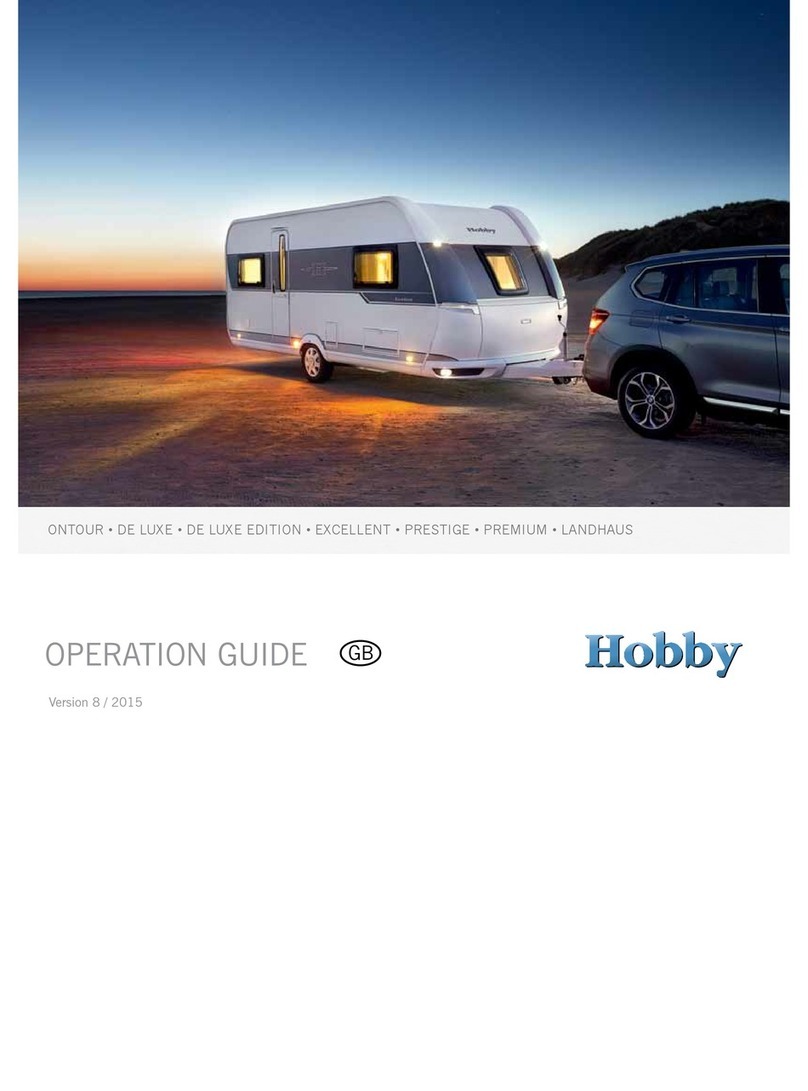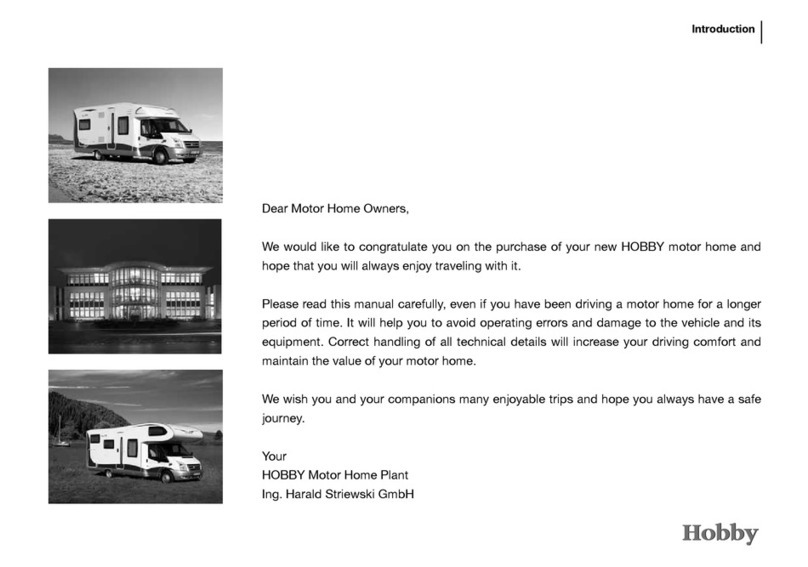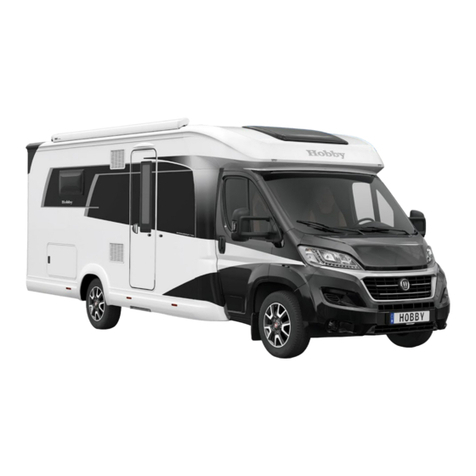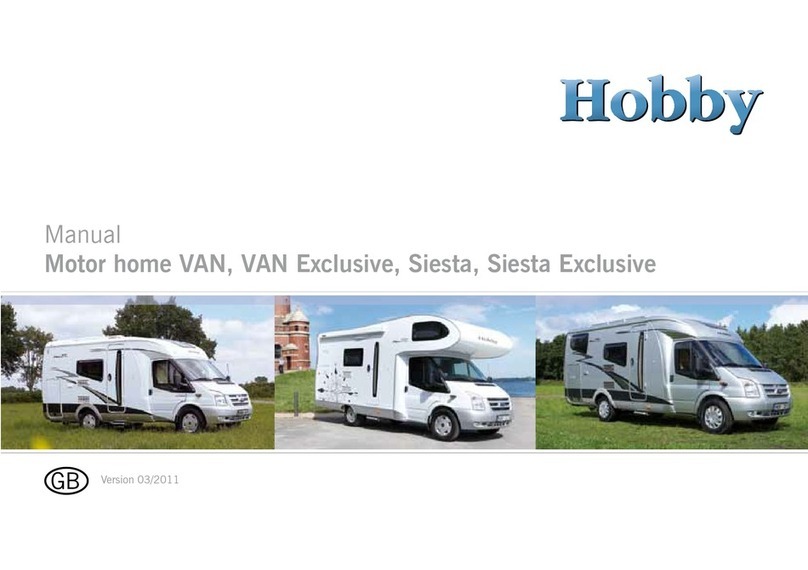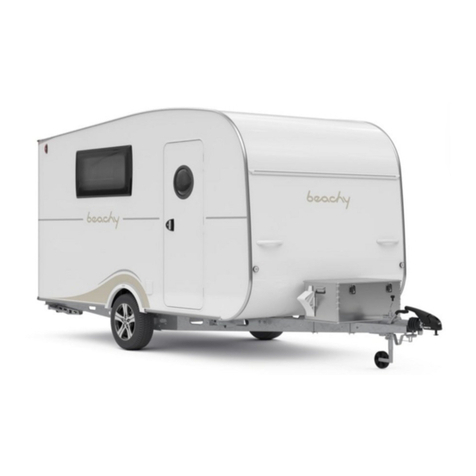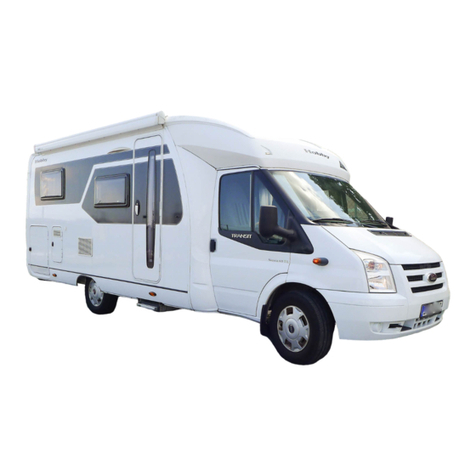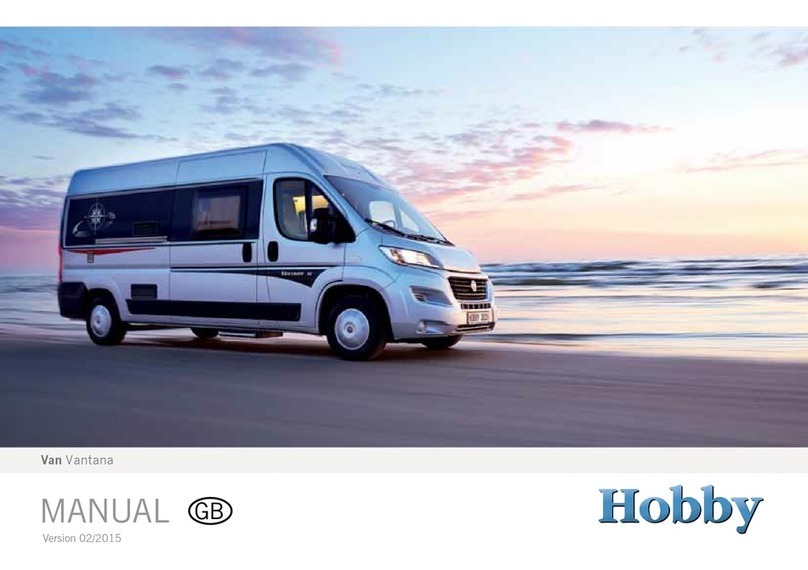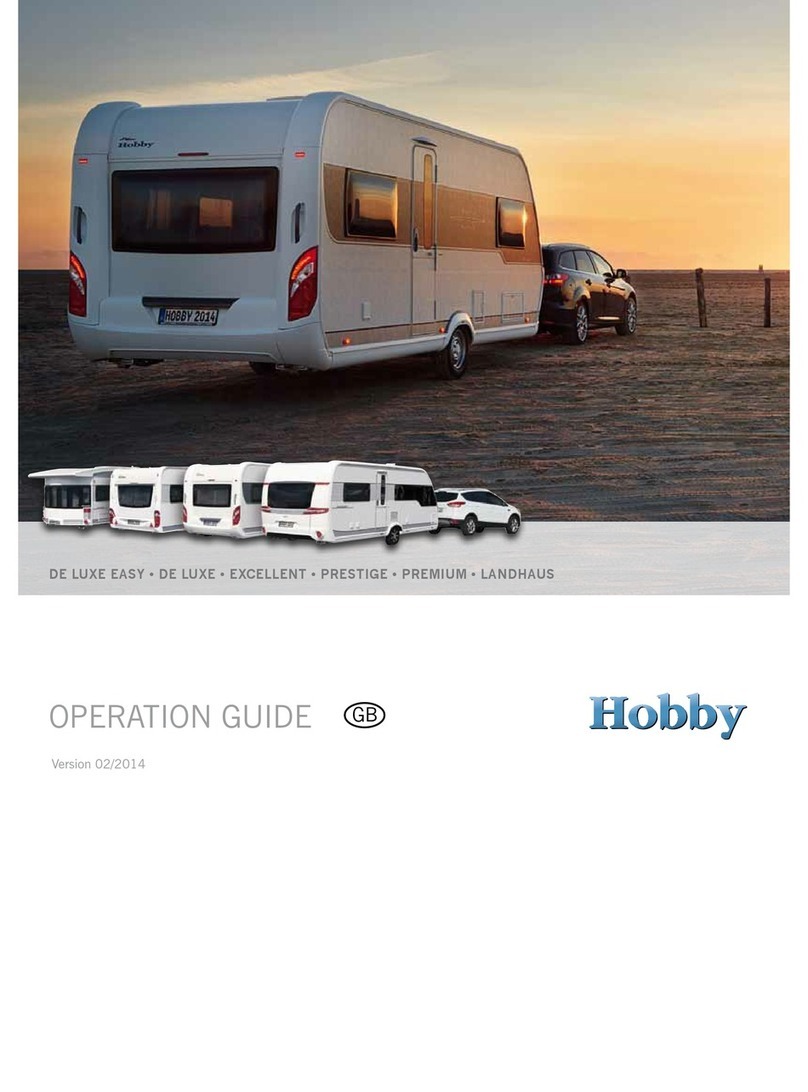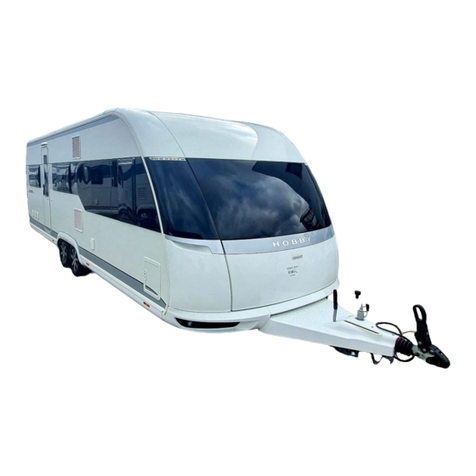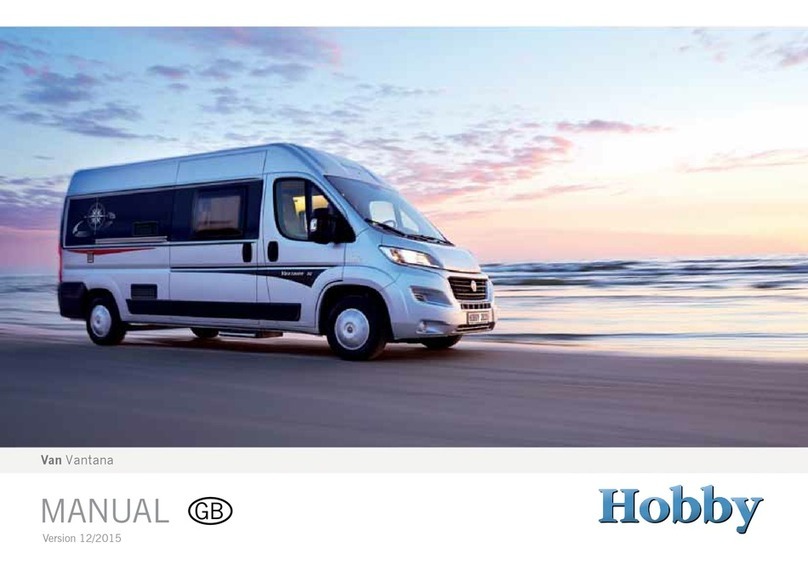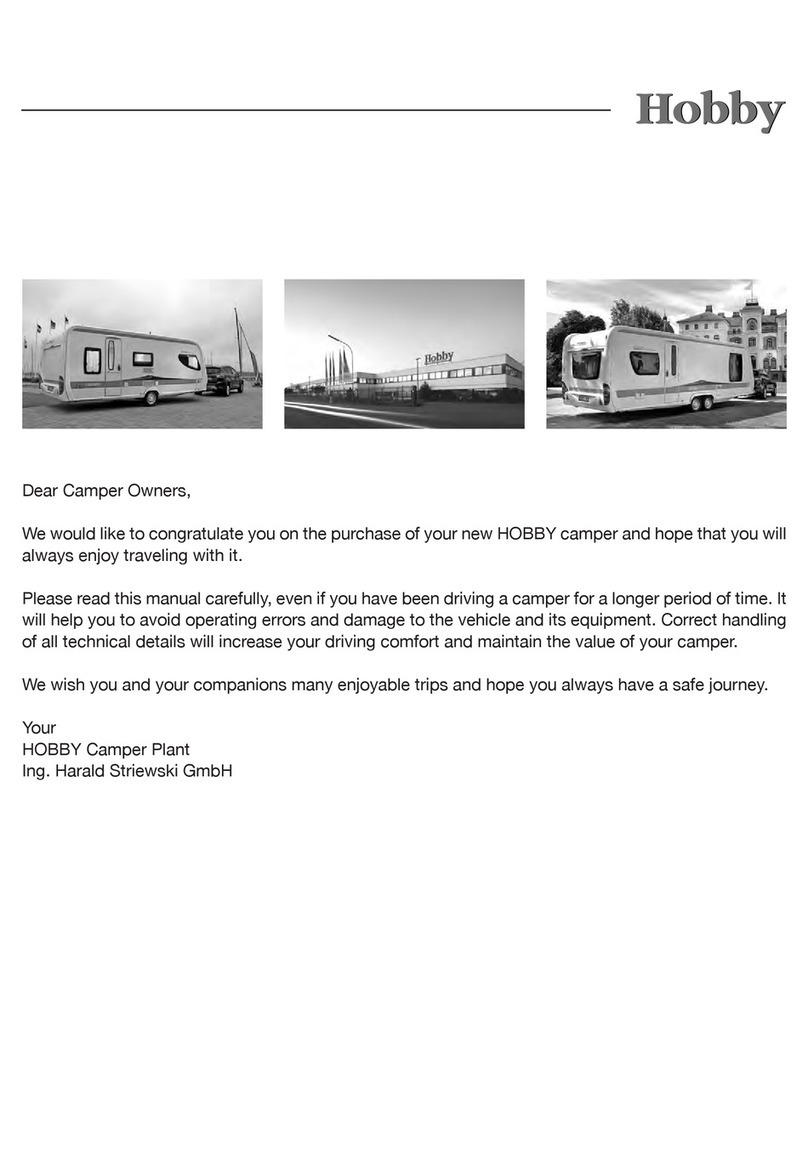Table of Contents
1 Introduction..............................................................................................................01-1
1.1 General information ...........................................................................................01-1
1.2 Markings in these operation instructions...........................................................01-2
2 Safety........................................................................................................................02-1
2.1 General information ...........................................................................................02-1
2.2 Before and during the drive ...............................................................................02-1
2.3 Guidelines for the trip ........................................................................................02-4
2.4 Emergency equipment.......................................................................................02-9
2.5 Maximum speeds ............................................................................................02-11
2.6 After the drive ..................................................................................................02-15
3 Undercarriage and vehicle registration.................................................................03-1
3.1 Undercarriage ....................................................................................................03-1
3.2 Vehicle registration.............................................................................................03-7
3.3 General inspection.............................................................................................03-7
3.4 Denitionofmass(weight).................................................................................03-8
3.5 Rotating stanchions...........................................................................................03-9
3.6 Entry step tread ...............................................................................................03-10
3.7 Locking break facilities ....................................................................................03-10
3.8 Overrunning brake facilities .............................................................................03-11
4 Wheels, tires ............................................................................................................04-1
4.1 Tires ...................................................................................................................04-1
4.2 Tire pressure ......................................................................................................04-1
4.3 Proledepthandageoftires.............................................................................04-2
4.4 Rims...................................................................................................................04-2
4.5 Changing the tire ...............................................................................................04-4
5 Exterior structure ....................................................................................................05-1
5.1 Forced ventilation/de-aerating...........................................................................05-1
5.2 Vehicle keys .......................................................................................................05-3
5.3 Exterior mirrors ..................................................................................................05-5
5.4 Roof rail..............................................................................................................05-5
5.5 Entry door ..........................................................................................................05-6
6 Installation of electrical devices ............................................................................06-1
6.1 Safety tips..........................................................................................................06-1
6.2 Service panel .....................................................................................................06-2
6.3 Electrical supply.................................................................................................06-4
6.4 Function of the electrical supply unit.................................................................06-6
6.5 Truma-Vent blower.............................................................................................06-7
6.6 Changing taillight bulbs .....................................................................................06-8
6.7 Circuitdiagram(interior) ....................................................................................06-9
6.8 Circuitdiagram(exterior) .................................................................................06-10
6.9 Lighting in the camper .....................................................................................06-12
6.10Electricoorheating ........................................................................................06-14
